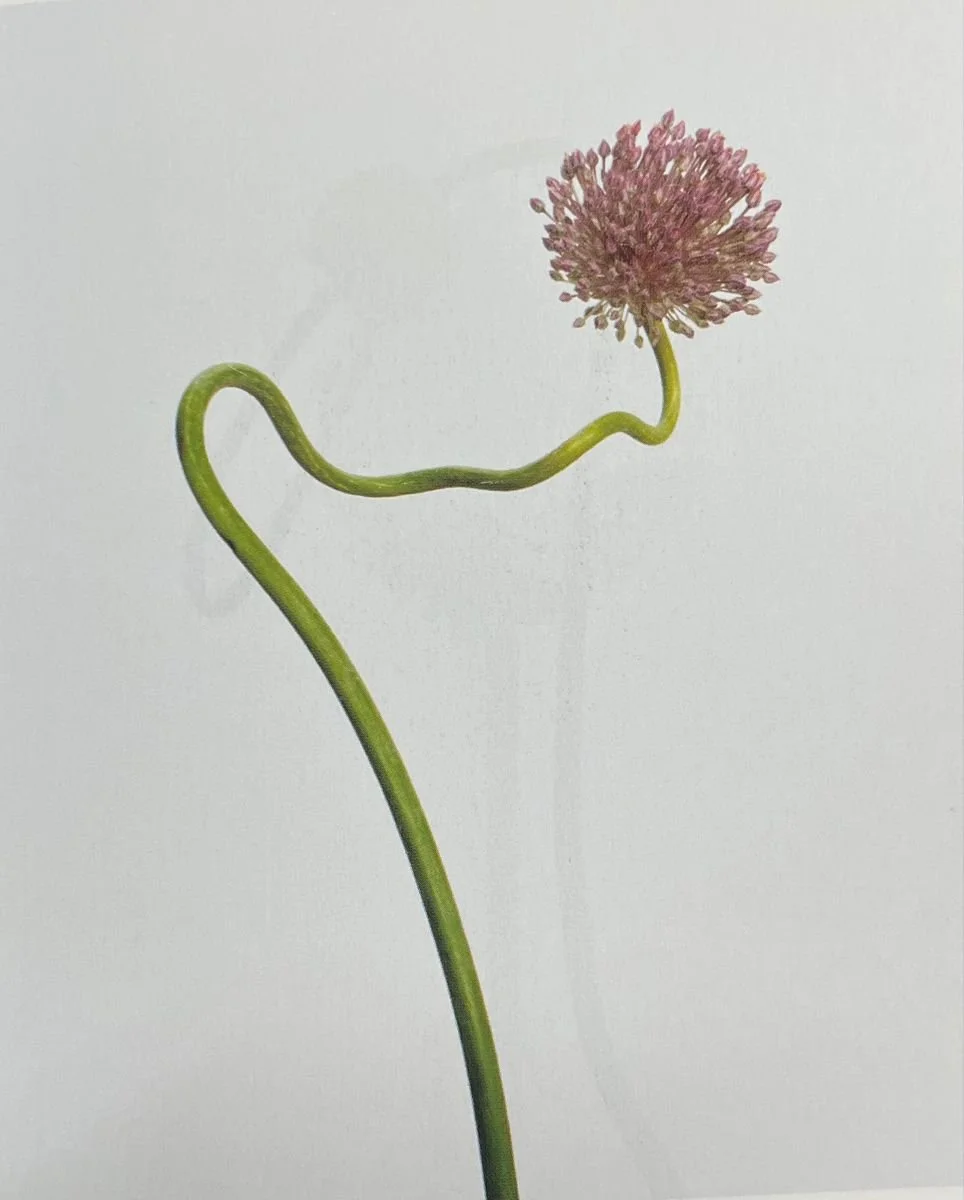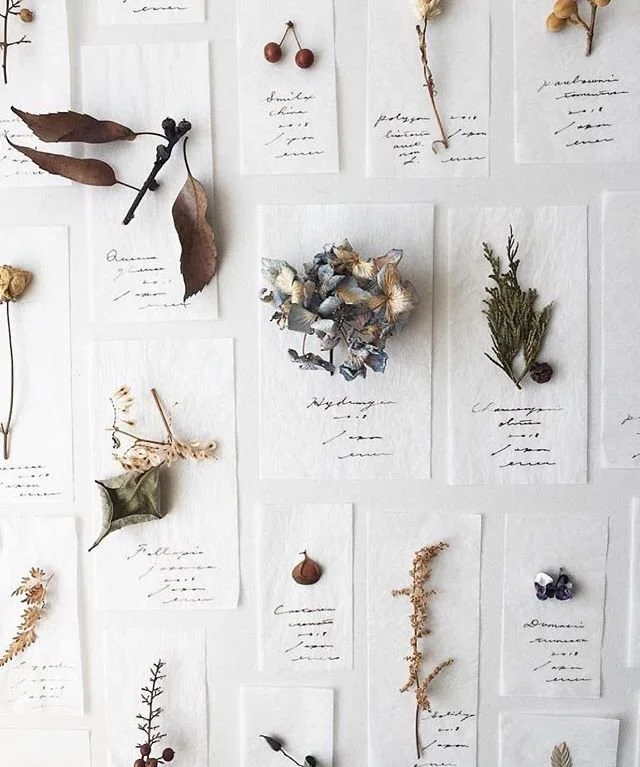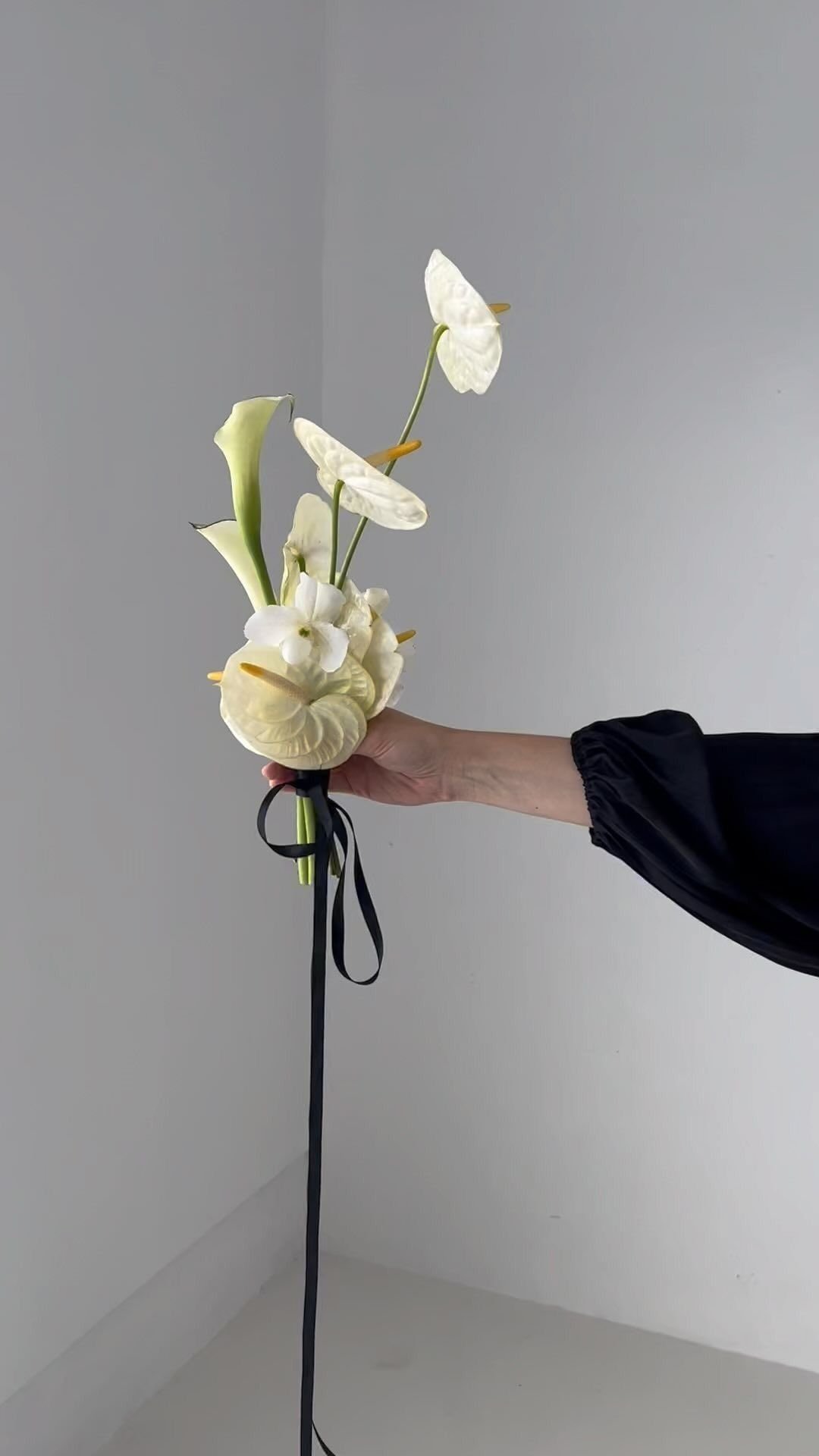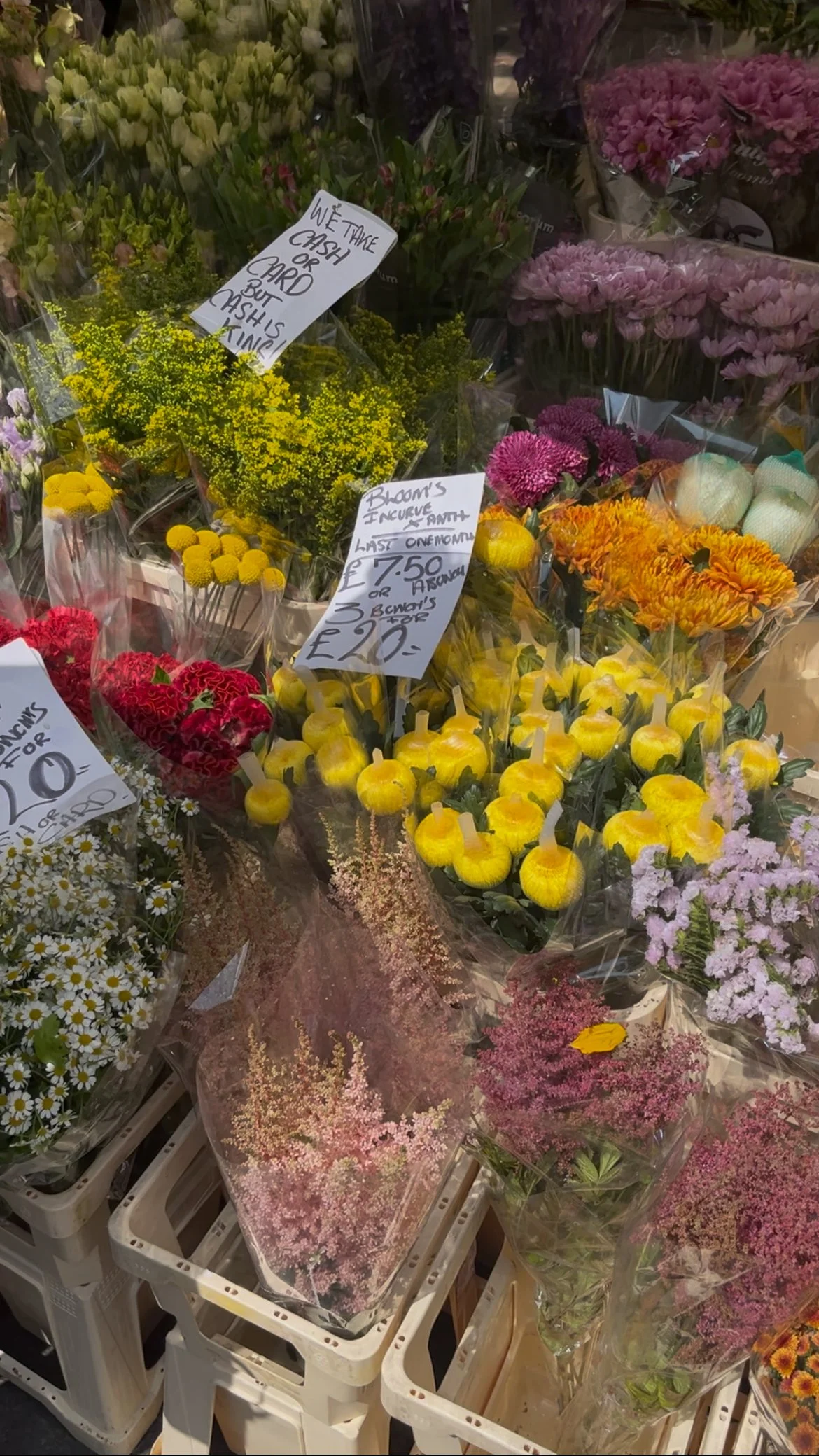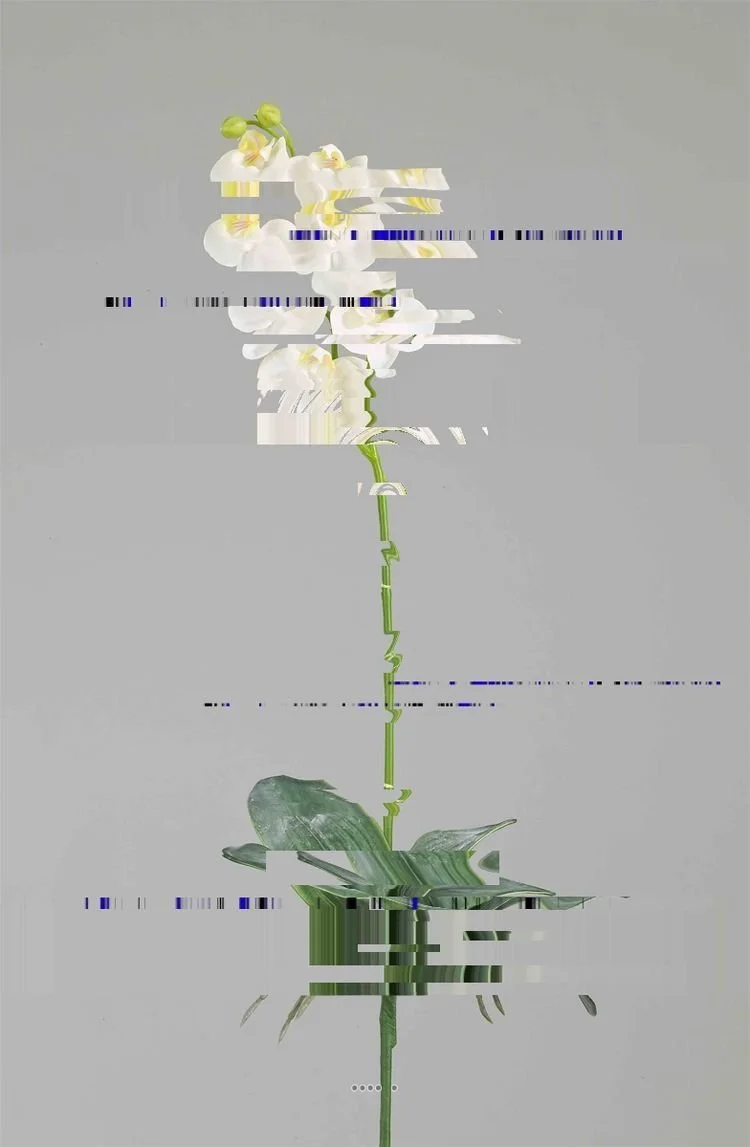code OF
flowers
Lissy & Ellen
- 03.
narrow down
After receiving feedback in week two, we plan to explore more linguistics-related resources and study the history of floral language in British culture. This knowledge will serve as the foundation for developing a design approach that helps people feel more emotionally connected to flowers. From this, our research question emerges:
How could we design a language-based system that invites users to connect with flowers in a novel and meaningful way?
Our target users include people who buy flowers for different occasions and those who are interested in flowers in general.
Methodologies
To further develop our idea, we have planned several research methodologies:
Direct Storytelling: We aim to use this method to understand the stories behind how people purchase flowers for specific occasions, as well as the unique experiences of receiving them.
Survey: This method will help us collect insights on which approaches to learning about the “language of flowers” are most engaging and acceptable to users.
Creative Toolkits: We plan to use pipe cleaners for playful, hands-on interaction with flower forms, encouraging participants to notice shapes, lines, and structures, and explore how these perceptions can inform a new system.
Artefact Analysis: We focus on studying existing floral products and designs to uncover their strengths and limitations. This approach informs concept refinement and ensures the final design aligns with user needs and expectations.
Additionally, we will explore floral morphology to challenge and expand the conventional framework of “flowers = meaning,” opening new possibilities for interpretation and design.
Fresh flowers vs. Pipe Cleaners Craft
potential outcome
Our potential outcomes include both physical and digital forms, using mass customization to engage people in an enjoyable, hands-on process. We envision a toolkit that allows users to create their own bouquets, similar to the game Dress to Impress, while learning about flowers. The digital version would extend this experience to a wider audience.
Aug.
Sep.
Testing & Ideation
Designing & iterations
Jul.
Exploration & Research
-Analysis
-Literature review
Timeline
Our project plan.
oct.
Nov.
Prototyping
Final hand-in & FMP show
weeklyreview.
After the Pecha Kucha presentation, we received valuable feedback and several thought-provoking questions. One that stayed with me was, “Who, and how, are the plants communicating with themselves, us, or other animals?” Another question, “Why would plants need a language to communicate with us?” made me reflect more deeply from the plants’ perspective. We were also asked to consider the relevance of creating a new language of flowers when so many already exist.

